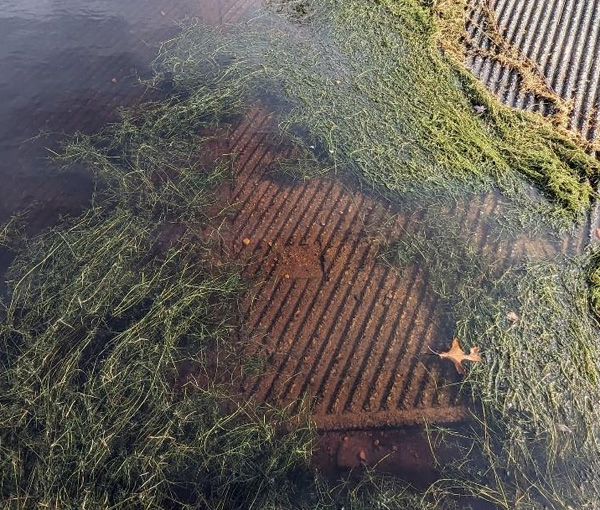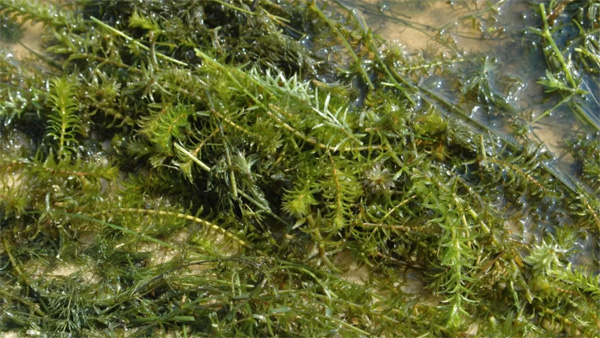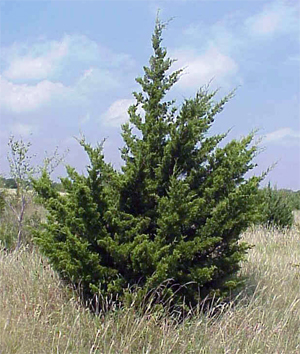Just as we struggle to halt the invasive eastern red cedar (taking over 700 acres a day with each tree consuming up to 80 gallons of water daily), Oklahoma Wildlife Department of Conservation (ODWC) has confirmed for the first time invasive hydrilla, an aquatic weed, in Robert S. Kerr Reservoir just up the Arkansas River from Lake Keystone.
As Oklahomans plan lake celebrations this summer, it is now very important to be careful when you leave a body of water and never release plants, fish, or animals into a body of water unless they came out of that body of water. Hydrilla is considered one of the worst aquatic weeds in the United States.
“Once hydrilla has made its way into a body of water, it will very likely persist as it is incredibly hardy and will spread the more it is fragmented, said Fisheries Biologist Elaine Gainer, aquatic nuisance species coordinator for the wildlife department.
Hydrilla, native to parts of Asia, Africa, and Australia, was first introduced to the U.S. in the 1950s as a live plant used in the aquarium trade. Hydrilla was first found in Oklahoma in 2006. Now, hydrilla has been found in nearly 40 states.
It is a submerged, rooted perennial with long stems (up to 30 feet) that branch at the surface and form dense mats. Small white flowers grow above the waterline on stalks. The stems are covered in small, pointed, often serrated (“saw-toothed edge”) leaves, which are bright green and measure 5/8 of an inch long.
Hydrilla is named after Hydra, the nine‐headed serpent of Greek mythology, because it can grow an entirely new plant from a tiny stem fragment.
ODWC’s Aquatic Nuisance Species program has confirmed invasive hydrilla in Lake Murray, Lake of the Arbuckles, Sooner Lake, Lake Nanih Waiya, Ardmore City Lake, Scott King Lake, and the Lower Mountain Fork River.
In short order from first arriving in a waterbody, hydrilla can infest the ecosystem. Preventative actions taken by boaters and other people using infested waters is vital to slow or stop the spread of invasive nonnative species like hydrilla. Using the “Clean, Drain, Dry” procedure is highly encouraged.
Please remember to drain bilge water, live wells, bait buckets, and boat motors; inspect boats and trailers when leaving the water; scrape off any mussels or aquatic vegetation found when on dry land; then wash and dry off the boat, trailer and accessories. Also, boats allowed to dry for at least a week after contacting infested water are considered safe to take to a different waterbody. For more information on “Clean, Drain, Dry,” go to StopAquaticHitchhikers.org or wildlifedepartment.com/fishing/regs/aquatic-nuisance-species-ans.
The land based nonnative invasive problem, as mentioned above, is the Eastern Red Cedar trees which grow quickly and are taking vast swaths of prairie and farm land. The real problem is they burn like torches, practically exploding into flame and can spread burning embers over a wide area.
Again, these trees take over 700 acres a day with each tree consuming up to 80 gallons of water daily.
Officials have estimated the state loses $400 million annually in lost water, grazing land, and the destruction of wildlife habitat.
Let’s protect what is native to Oklahoma.



